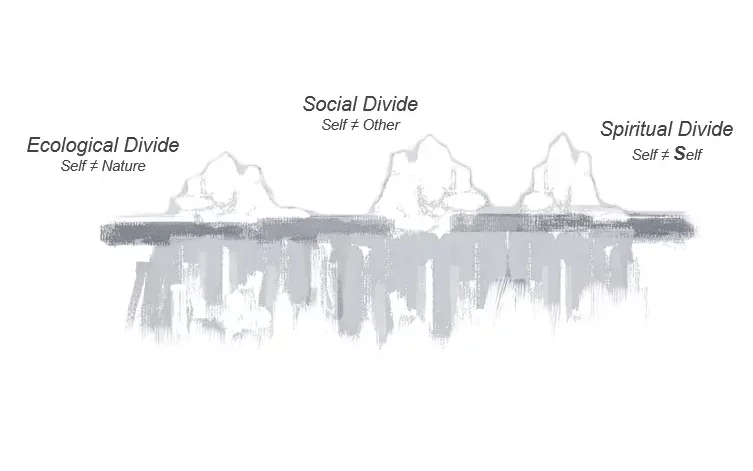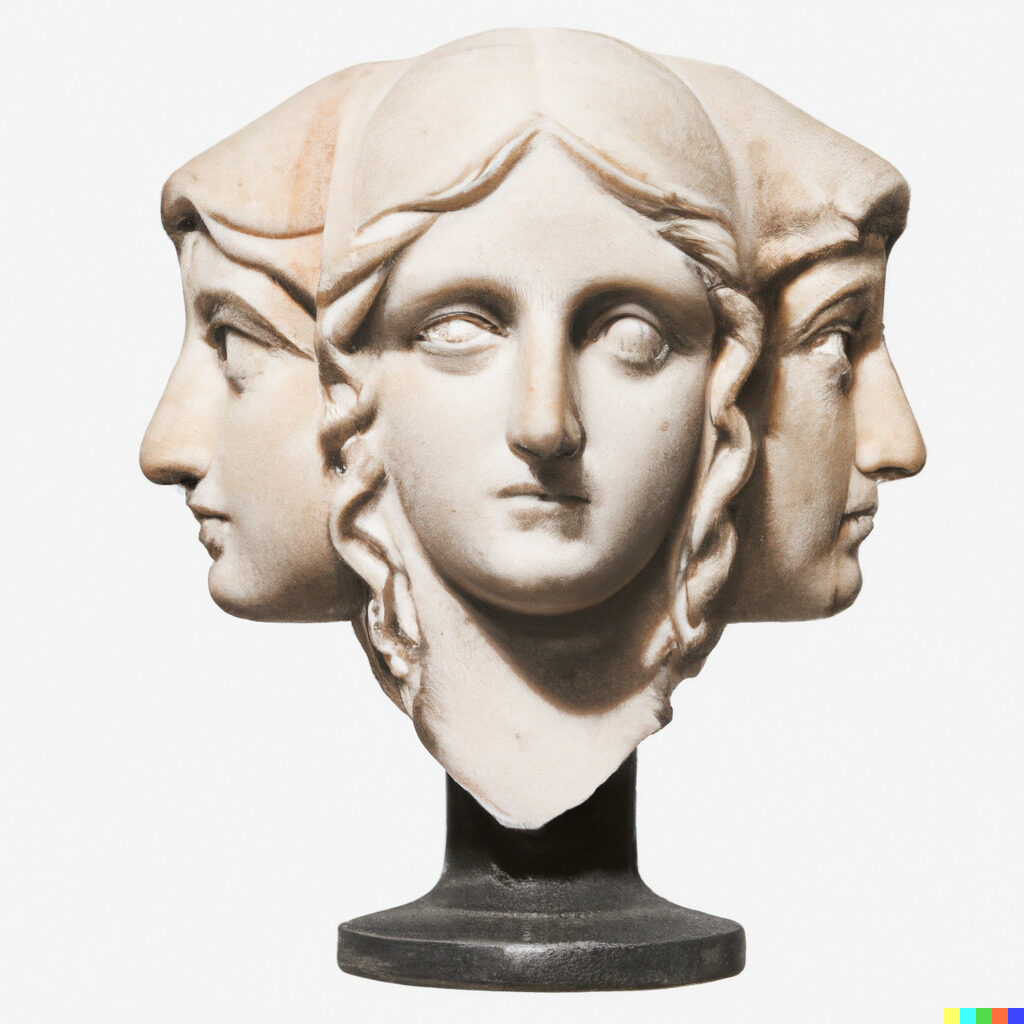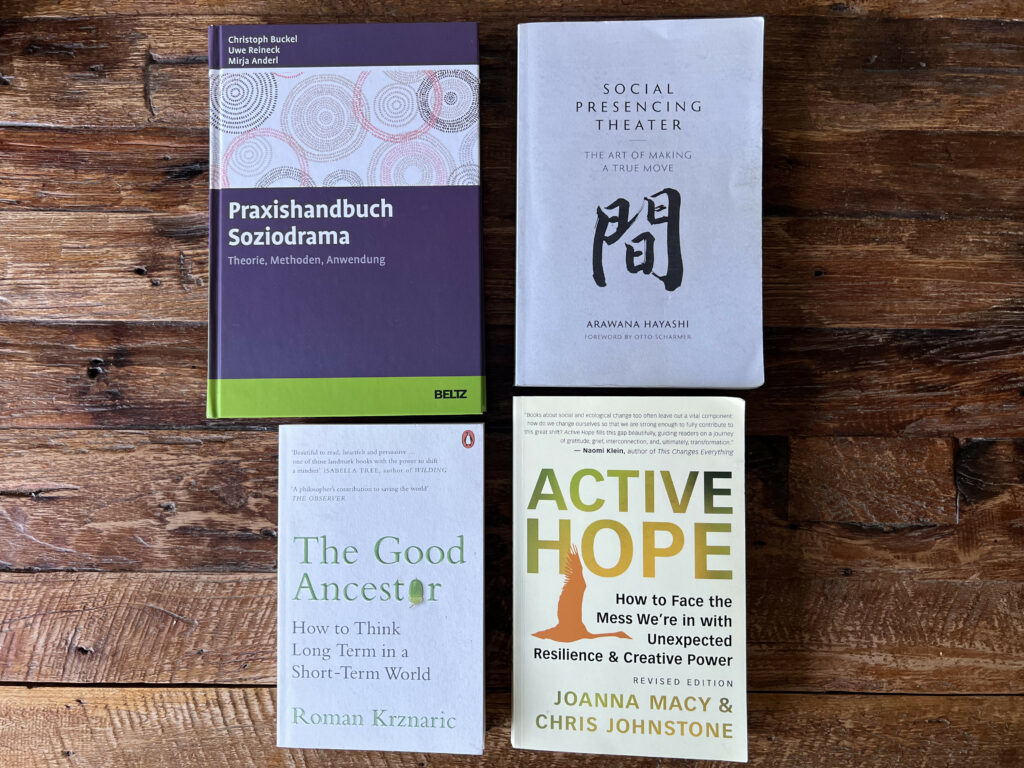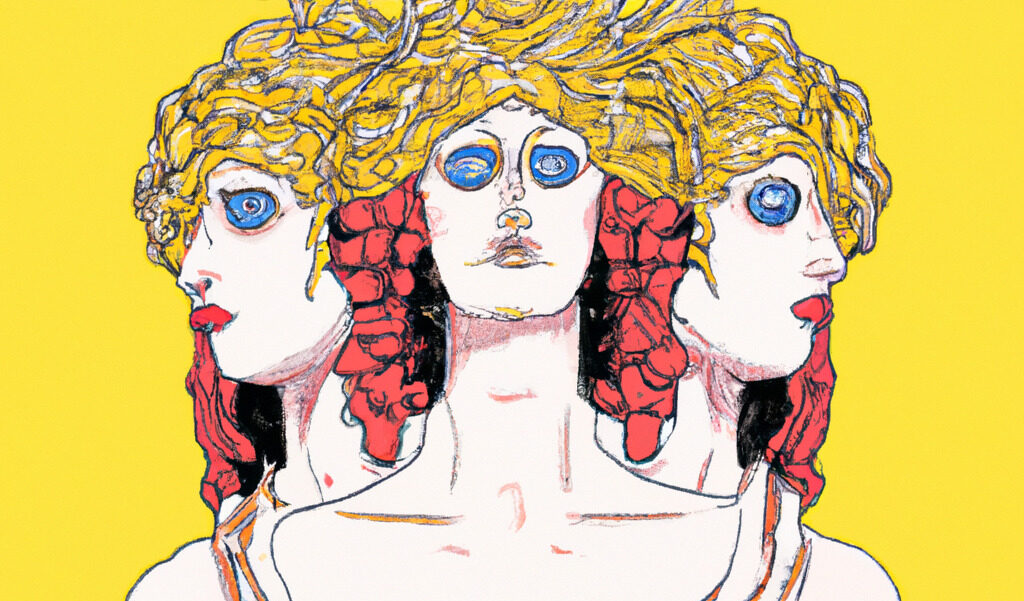On a transformation journey, questions around orientation arise again and again. Present and future, old and new paradigms struggle with each other. All too often, inner logics, established routines, … retain the upper hand. Advisory boards are an interesting intervention to give more power and a better strength to the future and the becoming. At a time when the leadership ranks of most organizations are still dominated by (white) men, fictional Futures Councils can perhaps provide an important transitional solution. In this article, I would like to present a concept or method and case studies for fictional Future Councils, in which thoughts of Theory U, Social Presencing Theater and Sociodrama are combined.
Advisory boards as hybrid transformation bodies
Quite a while ago, I met a consultant who focused on working with supervisory boards. Supervisory boards are hybrid organizational units somewhere between business controlling, entrepreneurial co-design, and technical sparring functions, staffed by people who are not organizational members and not bound by directives. A few years later, customer and digital advisory boards became popular in organizations, giving a voice and forum to customers and digital experts, respectively, and having a similar hybrid character. Currently, we are witnessing the rise of climate and citizens‘ councils as participatory corrective for society, politics and administration. Supervisory and advisory boards in any form represent exciting counterweights to the strong inherent logics in organizations. They integrate perspectives and knowledge from the edges of the system and beyond the system’s boundaries. They force systems to look at the bigger picture and change dynamics.
Create fictional Futures Councils
Implementing a proper advisory board is a larger and longer-term intervention in a system. Even advisory board-like tools like Wisdom Councils are significantly more time-consuming to prepare and implement. We’ve found a way for leaders, teams, organizations, or communities to quickly and easily set up fictional Futures Councils and simulate some of the effects of advisory boards. We touched on the idea very briefly before in the article „Futures Thinking in Action„. In Part 1, I want to show how we worked with fictional futures advisory boards. In Part 2, we will dive deeper into the methodology.
Part 1: Fictional Futures Councils in Practice

A fictional Futures Council, as we present it here, consists of three seats. This concept is derived from the three divides (ecological, social, spiritual) according to Otto Scharmer and their translation in the 4D mapping of Social Presencing Theater (both in more detail in the methods section).
- a representative for the planet or nature
- a representative for someone or something whose voice is not heard enough in the system
- a representative for the highest potential of the system
Of course, you can also build Futures Councils with other representatives, with more or less seats. In his book The Good Ancestor, Roman Krznaric mentions an example of a Future Citizens Assembly from Japan. There, for example, debates are held with fictitious representatives of the seventh generation (inspired by Joanna Macy’s Seventh Generation). And the Climate Parliament of Beings and Unbeings also fits into this logic.
A Case Study: A Futures Councils for a Museum
In December 2021, Valentin and I had the pleasure of working with the Sinclair House. We were invited to a virtual half-day workshop to bring together the extended museum team consisting of curators, artists, public relations, art education, among others, and to prepare for the upcoming exhibition on the theme of „Wandelmut“ (Courage for Change). The workshop was to focus on a joint examination of the topic of change in a more-than-human world.
After an introduction to the topic of change on an individual, organizational and societal level, we first had the participants collect roles for things or ways of life that have a lifespan of more than 100 years. Then, in breakout rooms, they spoke to each other from some of these roles. Through this, participants* became familiar with both a more-than-human perspective and longer-term time dimensions. In addition, we wanted to warm them up to possible representatives of the planet and everything natural.
In a second round, the focus was then on the wider system of the museum. Those present were asked to collect roles that somehow have to a connection with the museum and the exhibition. No matter how near or far, how direct or indirect this connection might be. Again, the participants* slipped into roles. In addition to empathizing with the social field in which a museum and such an exhibition operates, the aim was to see whose voices are not being heard enough.

We then introduced the concept of the three divides (see below). In a journaling round, each participant sought representatives for the three seats of the Futures Council. Together we then conducted „job interviews“ for the Future Advisory Board for the exhibition. To do this, participants took on roles that they wanted to nominate for the Futures Council. The group decided not to limit themselves to three seats, and three seats became six. The Futures Council was composed of a mushroom, an animal, a homeless person, a BIPoC climate activist from South America, the „hole in the middle of everything,“ and mycorrhiza. From this – as well as from the final sharing – an intensive and insightful discussion about the upcoming exhibition and the work of the museum team developed. This involved questions of representation and effectiveness: who are we giving a voice to and whose voice is not being heard here? Who are we including in our exhibition and who are we not? How do we achieve impact with an exhibition about change? What is our role as a museum in local and global society? The fictional Future Advisory Board helped the team to become more aware of unanswered questions, issues, and tensions, and to look forward more boldly.
Further application examples for fictional Futures Councils
- We used the concept in a leadership program for junior executives of an industrial company. In addition to the Futures Council, the new CEO was present as a role. The Futures Council was used to learn more about the new CEO, his ambitions and the change of times that could come with the change at the top of the company.
- In the TRANSFORMATION CIRCLE, a monthly supervision group for transformation facilitators initiated by us, we explored the project of a participant in action with the Futures Council. Other participants took on the roles given to them by the protagonist. In this variant, too, the Futures Council facilitated a very in-depth examination of the protagonist’s plans for the future.
- At the BERLIN CHANGE DAYS MEET-UP, the concept only worked to a limited extent. Not least because a relevant number of participants had no connection to the Berlin Change Days, there was a lack of a common point of reference, and the Futures Council remained too abstract in shape and advice. Instead of three or six roles, we opened the council to any voice from the three collective roles.
Common reference as a prerequisite
Our learning so far: For fictional Futures Councils to work well, they need a clear point of reference. The less clear this reference point becomes, the more difficult it is to form a fictional Futures Council. It took us 90 to 150 minutes to conduct such a session, including warm-ups, debriefing, and generative dialogue.
Fictional Futures Councils as a Corrective in Transformation Processes
To conclude the first part, I would like to present the idea of using such fictional Futures Council in the work with transformation processes. Similar to the consultation of the Oracle of Delphi in earlier times, fictional Futures Councils can help executives, teams or organizations to keep open or further open the design space in their organization. Even if (or precisely because) they are only fictional: fictional Futures Councils are additional advocates for ambitious plans and help an organization, teams or executives to better keep long-term goals and responsibilities in mind and not only to look at what is feasible.
More than just a one-time exercise
In application, we have experienced the co-creative development and one-time consultation of such an advisory board as a powerful tool. But also a regular consultation after/before each new cycle or sprint as well as a reshuffle or expansion of the board seem to us exciting, smooth and at the same time activating ways to work with fictional Futures Councils in transformation processes. If you would like to develop a fictional Futures Council for your transformation work, please feel free to contact us.
Part II: The theoretical basis
If you want to dive a little deeper methodologically and theoretically, you will find the basis for this type of fictional Futures Council in this part.
The concept presented here consists of a bricolage of the Three Divides according to Otto Scharme (Theory U), its translation in the 4D-Mapping of Social Presencing Theater (SPT), an excerpt from the Seed Dance (SPT) and the work with roles from sociodrama. If you want to dive deeper into Three Divides, 4D mapping or the Seed Dance, you should take a look at the book „Social Presencing Theater“ by Arawana Hayashi. For working with sociodrama, I would like to recommend the „Praxishandbuch Soziodrama“ by Mirja Anderl, Christoph Buckel and Uwe Reineck.

The Three Divides
Otto Scharmer describes the three major decouplings of the current era, the three divides.
- The ecological divide: as people, communities and societies, we are currently strongly decoupled from nature. This is expressed, for example, in the multitude of ecological crises, first and foremost the climate and biodiversity crises.
- The social divide: as people, communities and societies, we are currently strongly decoupled from other people, communities and societies. This manifests itself, for example, in the massive polarization of incomes, the crumbling of political institutions, intolerance, hatred or even armed conflicts.
- The spiritual divide: as people, communities and societies, we are currently strongly decoupled from ourselves. This manifests itself, for example, as the massive number of mental illnesses such as burnouts, traumas or suicides.
The translation in 4D mapping
In the 4D mapping of the Social Presencing Theater, the aim is to explore the interaction of the most important actors for a concern of a case giver and to gain ideas for a next step. As in a sociodama or a constellation, each 4D mapping includes representatives of the three divide in addition to roles for the actors and stakeholders of the case. The ecological divide is represented by a role from the ecological context. This can be e.g. the climate, the planet or the local water system. For social divide, a role is chosen whose voice is not heard enough in the system. Spiritual divide is represented by a role that expresses the highest future potential of the system. In one case I participated in, for example, this was the next generation of business founders.
The Seed Dance
The Seed Dance is another practice in Social Presencing Theater. In Seed Dance, participants imagine and sense a desired future field. For this future field they let their body find a sculpture. In further steps a sculpture for the status quo is found, a path from the status quo to the future field, drives and inertia as well as resonances of participants and observers are integrated.
We only used the development of the sculpture of the future field for the fictional Futures Council. This work proved to be very helpful in giving participants concrete ideas for the difficult and spiritual category of „the highest potential of the system“.
The role encounters of sociodrama
In sociodrama, we try to explore a topic in action with a group. For this purpose, participants create and take on the roles (and, if necessary, key scenes) that are necessary for such an exploration. Participants speak and interact with each other in roles, thus exploring the topic and simulating the respective social system. In the subsequent sharing, the participants share their experiences and learnings. In the case of the fictional Futures Council, participants* take on the roles of the three seats and speak from them. Sometimes it makes sense to also bring the organization, the team or the CEO as a role „on stage“. The organization / team / CEO can ask questions to the fictional Futures Council, they* can present their strategies or future concerns and hear voices from the advisory board. Participants can also ask questions to the fictional Futures Council (in roles) as individuals.
Concluding remarks on fictional Futures Councils
As with a real advisory board, the challenge is not in working with the advisory board, but in selecting the right representatives. Therefore, sufficient preparation, warm-up and exploration should happen before working with a fictional Futures Council.

